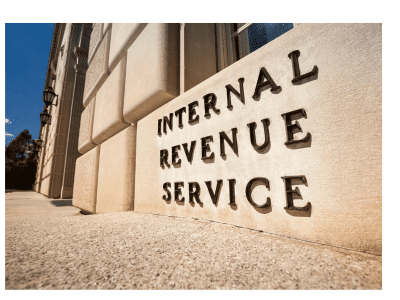 The IRS has issued numbers to help you understand what the 2024 tax situation will be like. Below is a summary.
The IRS has issued numbers to help you understand what the 2024 tax situation will be like. Below is a summary.
- The standard deduction for married couples filing jointly for tax year 2024 rises to $29,200, an increase of $1,500 from tax year 2023. For single taxpayers and married individuals filing separately, the standard deduction rises to $14,600 for 2024, an increase of $750 from 2023; and for heads of households, the standard deduction will be $21,900 for tax year 2024, an increase of $1,100 from the amount for tax year 2023.
- Marginal rates: For tax year 2024, the top tax rate remains 37% for individual single taxpayers with incomes greater than $609,350 ($731,200 for married couples filing jointly). The other rates are:
-
- 35% for incomes over $243,725 ($487,450 for married couples filing jointly)
- 32% for incomes over $191,950 ($383,900 for married couples filing jointly)
- 24% for incomes over $100,525 ($201,050 for married couples filing jointly)
- 22% for incomes over $47,150 ($94,300 for married couples filing jointly)
- 12% for incomes over $11,600 ($23,200 for married couples filing jointly)
- The lowest rate is 10% for incomes of single individuals with incomes of $11,600 or less ($23,200 for married couples filing jointly).
- The Alternative Minimum Tax exemption amount for tax year 2024 is $85,700 and begins to phase out at $609,350 ($133,300 for married couples filing jointly for whom the exemption begins to phase out at $1,218,700). For comparison, the 2023 exemption amount was $81,300 and began to phase out at $578,150 ($126,500 for married couples filing jointly for whom the exemption began to phase out at $1,156,300).
- The tax year 2024 maximum Earned Income Tax Credit amount is $7,830 for qualifying taxpayers who have three or more qualifying children, an increase of from $7,430 for tax year 2023. The revenue procedure contains a table providing maximum EITC amount for other categories, income thresholds and phase-outs.
- For tax year 2024, the monthly limitation for the qualified transportation fringe benefit and the monthly limitation for qualified parking increases to $315, an increase of $15 from the limit for 2023.
- For the taxable years beginning in 2024, the dollar limitation for employee salary reductions for contributions to health flexible spending arrangements increases to $3,200. For cafeteria plans that permit the carryover of unused amounts, the maximum carryover amount is $640, an increase of $30 from taxable years beginning in 2023.
- For tax year 2024, participants who have self-only coverage in a Medical Savings Account, the plan must have an annual deductible that is not less than $2,800, an increase of $150 from tax year 2023, but not more than $4,150, an increase of $200 from tax year 2023. For self-only coverage, the maximum out-of-pocket expense amount is $5,550, an increase of $250 from 2023. For tax year 2024, for family coverage, the annual deductible is not less than $5,550, an increase of $200 from tax year 2023; however, the deductible cannot be more than $8,350, an increase of $450 versus the limit for tax year 2023. For family coverage, the out-of-pocket expense limit is $10,200 for tax year 2024, an increase of $550 from tax year 2023.
- For tax year 2024, the foreign earned income exclusion is $126,500, increased from $120,000 for tax year 2023.
- Estates of decedents who die during 2024 have a basic exclusion amount of $13,610,000, increased from $12,920,000 for estates of decedents who died in 2023.
- The annual exclusion for gifts increases to $18,000 for calendar year 2024, increased from $17,000 for calendar year 2023.
- The maximum credit allowed for adoptions for tax year 2024 is the amount of qualified adoption expenses up to $16,810, increased from $15,950 for 2023.
As always, consult with a qualified tax professional for further detail and to see how these changes apply to you.



